Here Are 10 Foods ‘Claimed’ By M’sia, S’pore, AND Indonesia
JANN FIRDAUS
MARCH 7, 2024
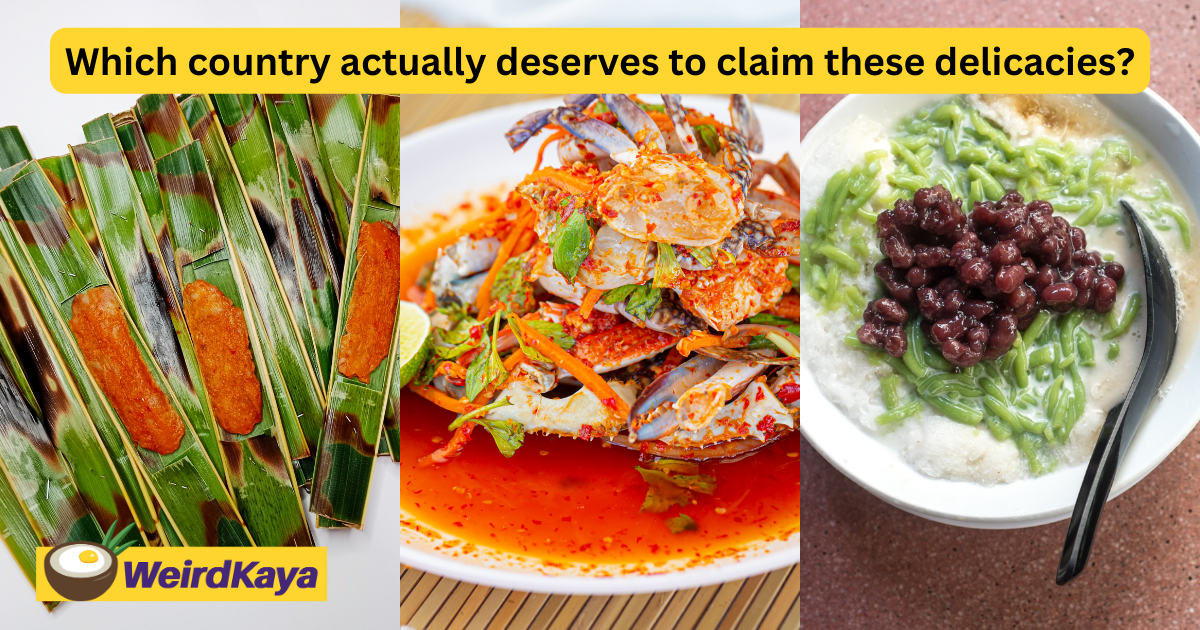
Ever noticed how Malaysia, Indonesia, and Singapore love to argue over who owns the rights to their delicious dishes?
I mean, who wouldn’t want to boast about their favourite food, right? From rendang to nasi lemak and char kway teow, these countries all claim these culinary masterpieces as their own.To clear things up, we’ve looked into the origins of these dishes the best we could based on credible sources. First off, let’s kick the list off with the dish that all three countries are sure to bicker over:
1. Rendang
Origin: Indonesia
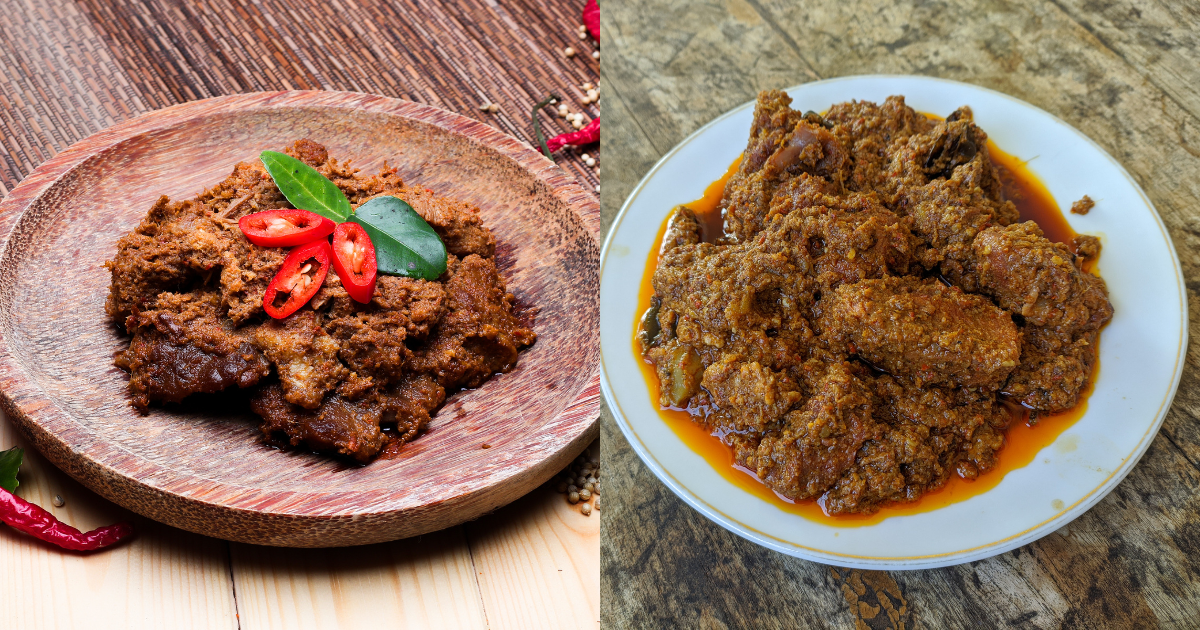
Malaysia loves to show off its rendang versions, while Indonesia insists that it’s the OG (original).
And to be fair, Indonesia does have the right to claim rendang as theirs as the dish is the brainchild of the Minangkabau natives in West Sumatra, Indonesia.
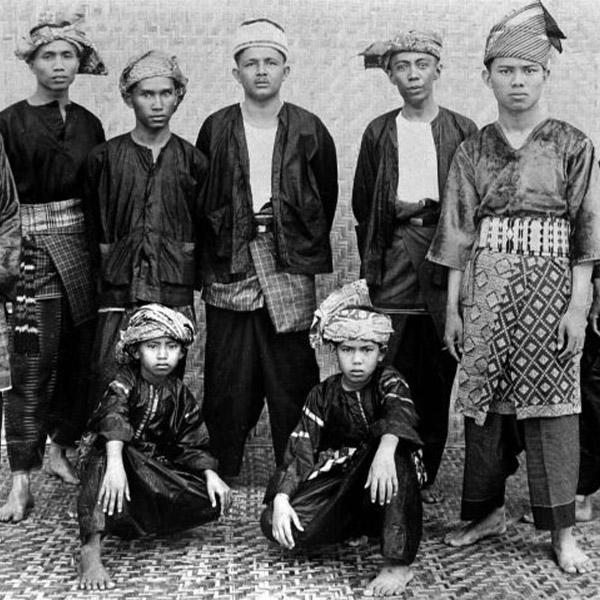
For generations, the Minangkabaus have been whipping up rendang, a dish where meat is slowly cooked for hours along with a bunch of spices and coconut milk. Although Malaysia claims to be the real ‘owner’, Indonesia’s got the receipts and deep cultural roots to back up their ownership of rendang.
2. Char Kway Teow
Origin: Malaysia & Singapore
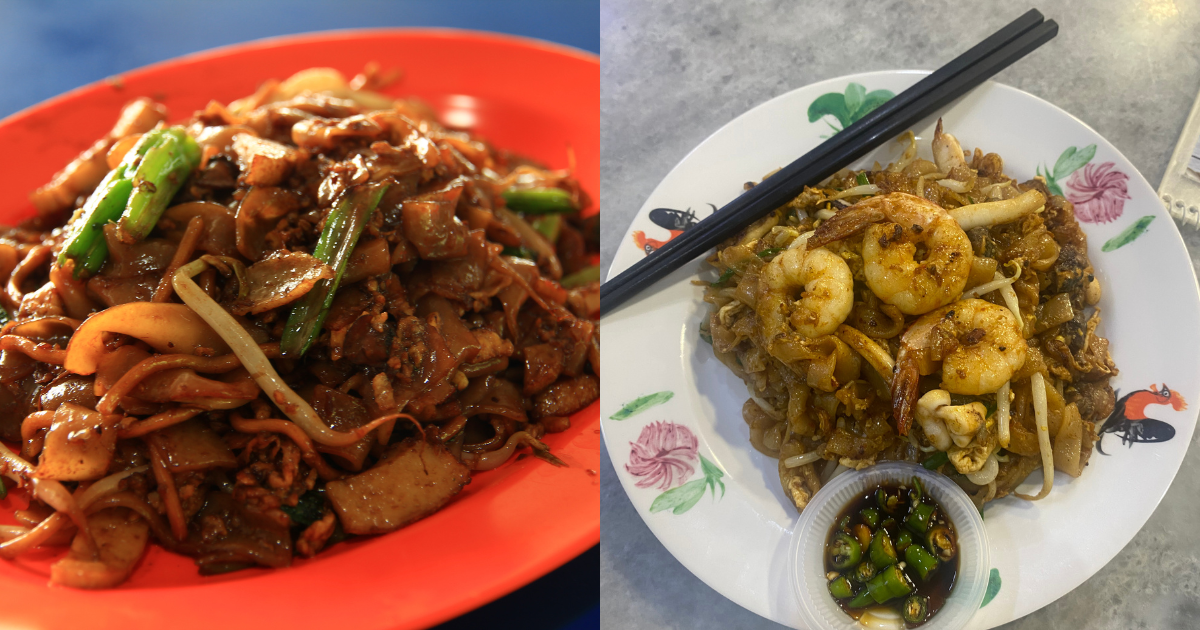
While Malaysia and Singapore are busy bickering, the true origin of Char Kway Teow is quietly chuckling in the background.
Turns out, Char Kway Teow has its roots in the Chinese communities who emigrated to Malaysia and Singapore. So while Malaysia and Singapore are duking it out, the real MVPs of Char Kway Teow are the Chinese immigrants who brought this delicious dish to Malaysian/Singaporean shores and eventually the tables of locals and tourists alike.

3. Hainanese Chicken Rice
Origin: China

Where do we start with this one? Both Malaysia and Singapore have constantly insisted that they ‘own’ Hainanese chicken rice, with Malaysia raving about its secret sauces while Singapore highlights the national recognition of the dish.
Unfortunately, both countries can no longer lay claim to Hainanese chicken rice as it actually originated from the Hainan province in China! Too bad.
4. Murtabak
Origin: Yemen
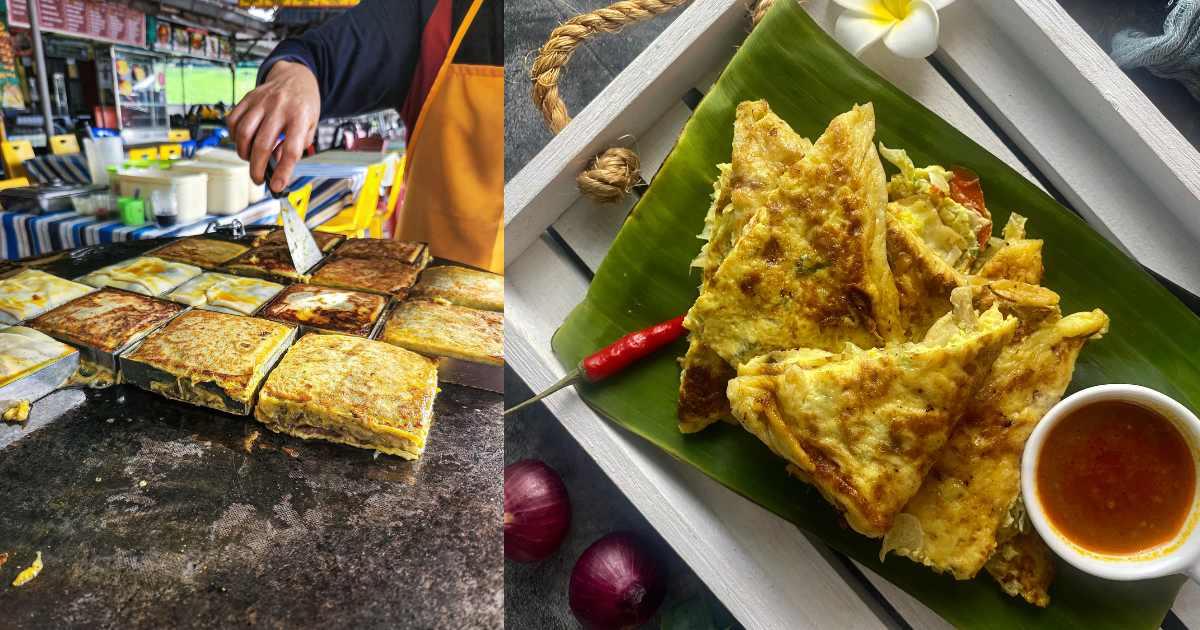
Like Hainanese chicken rice, Malaysia and Singapore have been arguing over who’s the creator of murtabak, a savory snack which consists of minced meat that’s wrapped up in a thin dough and accompanied by tangy pickles or curry.
In Indonesia, they also have their own spin on the dish, where it’s called ‘martabak’ and filled with chocolate, cheese, or peanuts.
Surprisingly, murtabak’s roots can actually be traced back to Yemen, where it was eventually noticed Indian traders, who took the idea back to the sub-continent and the dish was later popularised in other countries outside of Yemen.
5. Bak Kut Teh
Origin: China
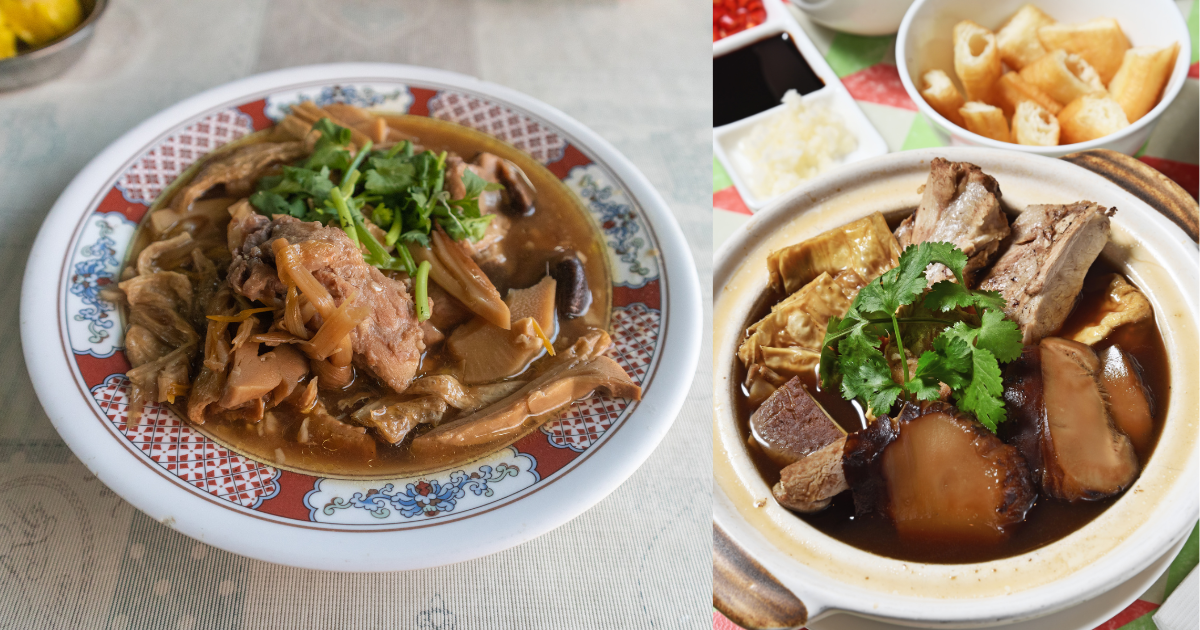
Bak kut teh, a delicious pork rib dish cooked in a tasty broth, is causing quite a stir between Malaysia and Singapore, so much so that Malaysia’s government gazetted it as a national heritage dish.
In Malaysia, the dish is a hit in the Klang Valley, where it’s often served in a dark broth that’s cooked for hours with herbs and (usually) pork meat. Over in Singapore, theirs boasts of a clear, peppery broth due to its Teochew influence.
While Malaysia and Singapore say it’s theirs, bak kut teh actually had its origins in the southern Chinese province of Fujian, where it’s called it ‘rou gu cha’ (肉骨茶), which literally means “meat bone tea.”
6. Nasi Goreng (fried rice)
Origin: Indonesia
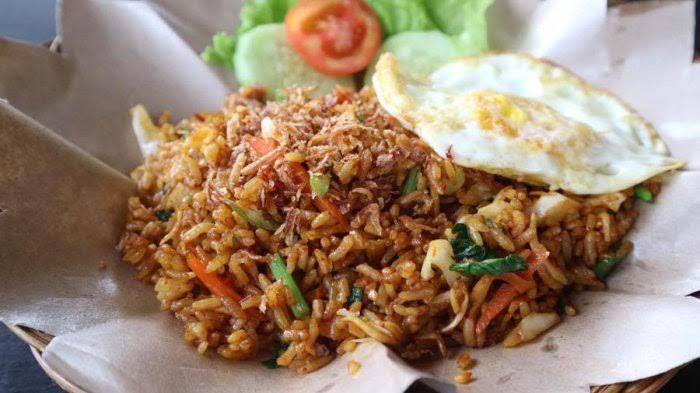
This beloved fried rice dish is a staple across the region, but where it actually came from often sparks a friendly debate between Indonesia and Malaysia, with Singapore adding its two cents for good measure.
Nasi Goreng is basically Indonesia’s version of fried rice. It’s believed to have started in Indonesia, likely on the island of Java. People probably started making it as a tasty way to use up leftover rice. While it might have been inspired by Chinese fried rice, Indonesians put their own spin on it, using local flavours and ingredients.
But hey, you can also find it in Malaysia and Singapore, but the way it’s made and enjoyed is a bit different. Basically, Indonesia’s been rocking the nasi goreng game for ages so it’s safe to say it’s theirs.
7. Nasi Lemak
Origin: Malaysia, duh
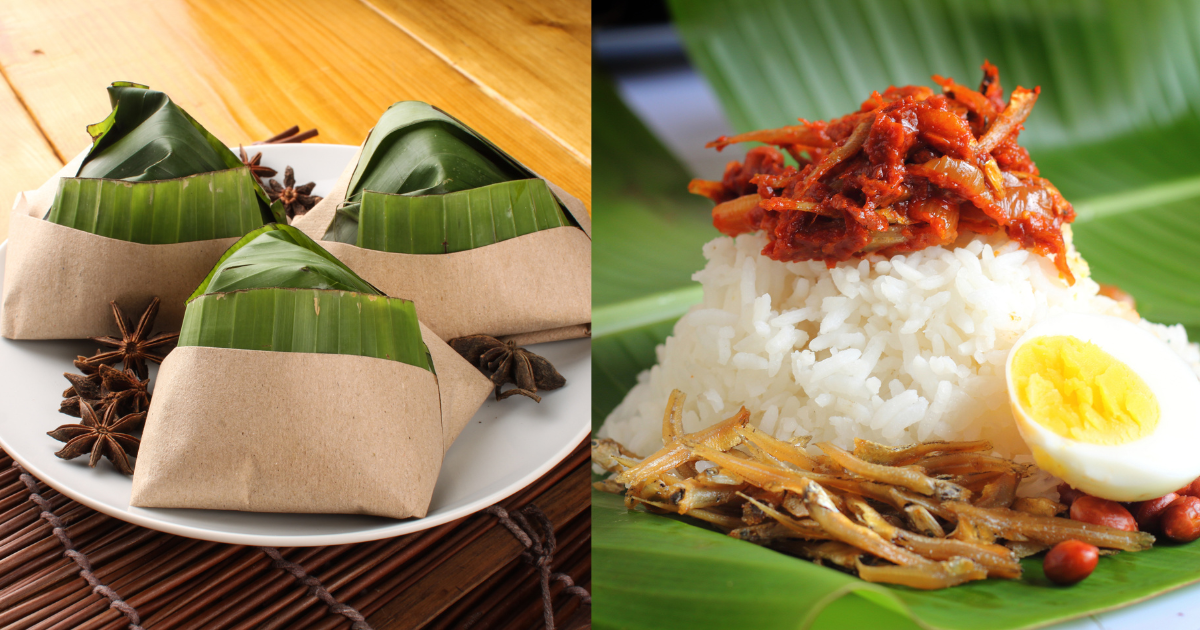
While nasi lemak is popular in Singapore and Indonesia, its origins are widely recognised as Malay, specifically from Malaysia. The dish is deeply rooted in Malay culture and has been a traditional Malaysian dish for generations.
Historically, nasi lemak has been associated with Malay villages in Malaysia, where it served as a staple breakfast dish.
Its popularity spread across the Malay Peninsula and eventually into neighboring countries such as Singapore and Indonesia. However, its origins and cultural significance remain firmly rooted in the Malaysian Malay culture.
8. Chili Crab ️
Origin: Singapore
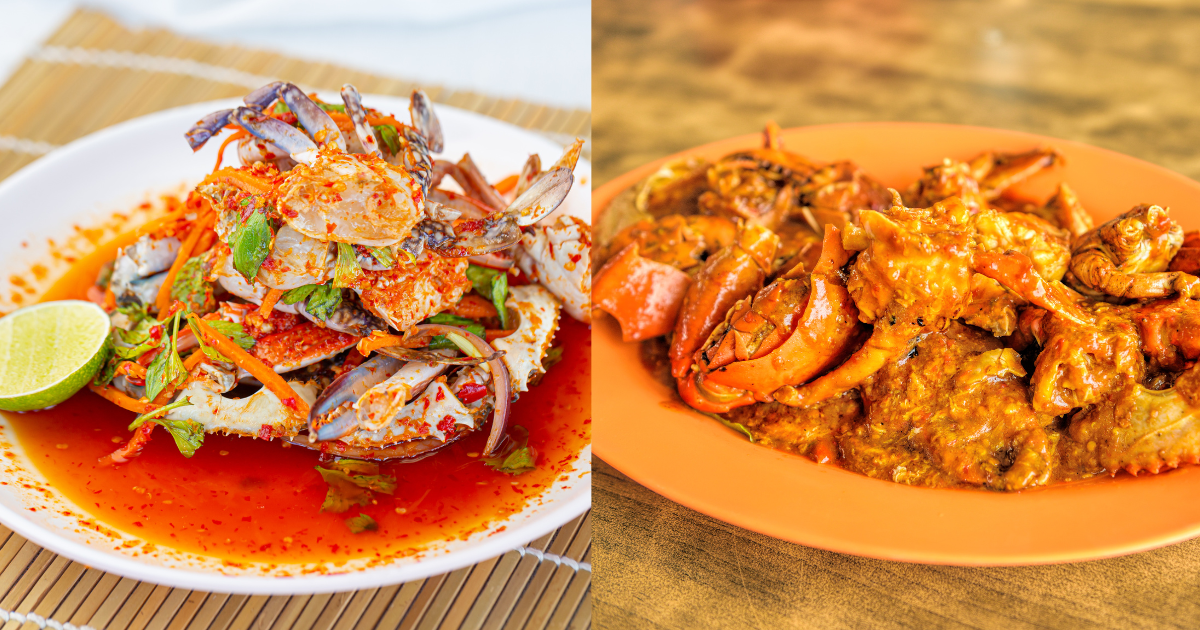
The exact birthplace of chili crab is uncertain, but it’s closely tied to Singapore, especially the restaurant Palm Beach Seafood, which rose to fame in the 1950s.
Back in 1956, Cher Yam Tian and her husband Lim Choo Ngee kicked off something big. They started selling stir-fried crabs jazzed up with a mix of bottled chili and tomato sauce.

Pretty unconventional, right? But it worked! Their street food hustle was such a hit that they levelled up and opened Palm Beach Seafood along Upper East Coast Road, where it remains a bustling eatery to this day.
9. Cendol
Origin: Indonesia

The exact birthplace of cendol started in Indonesia, specifically on the island of Java during the Majapahit era (1293–1527).
Cendol’s roots can be traced back to similar Southeast Asian desserts and Indian influences such as falooda. Over time, cendol evolved into its own distinct dessert with variations in ingredients and preparation methods across different regions.
While cendol originated from Indonesia, it’s widely enjoyed by Malaysians and Singaporeans because hey, who wouldn’t like the idea of cooling off with a bowl of cendol on a hot day?
10. Otak-otak
Origin: Indonesia
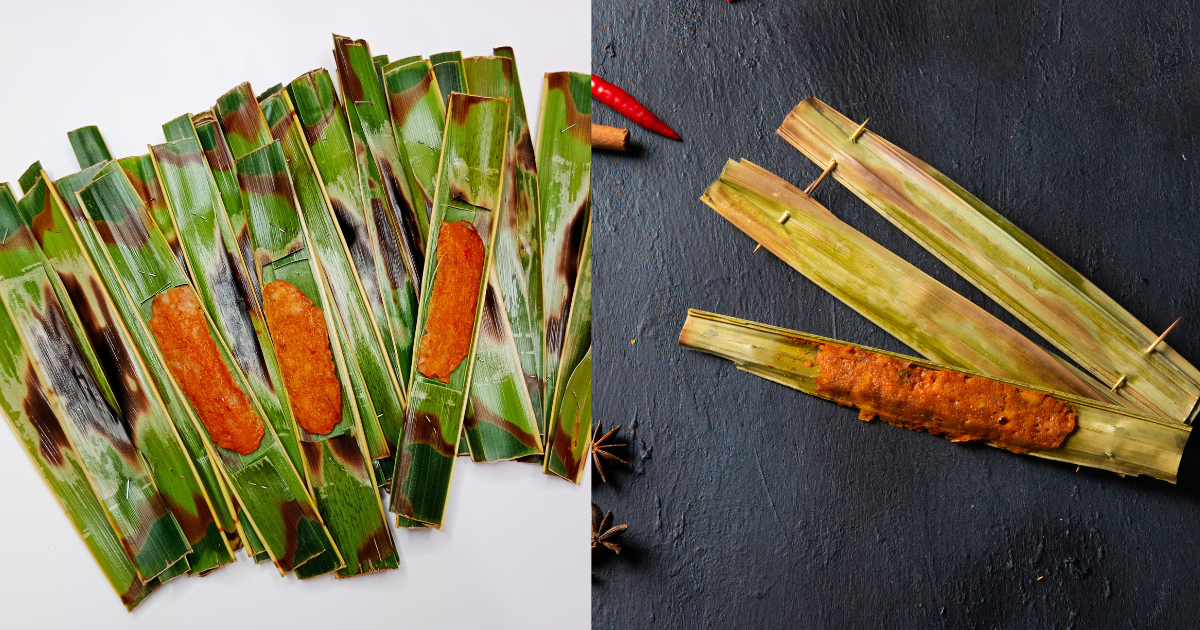
Otak-otak is a popular dish in Southeast Asia, especially in Indonesia, Malaysia, and Singapore. The name ‘otak-otak’ comes from the Malay and Indonesian word for ‘brain.’ It’s called that because the dish is often shaped like a small brain, either a square or rectangle.
It’s made from a blend of fish paste (usually mackerel), spices, coconut milk, and occasionally tapioca starch. This mixture is then wrapped in banana or coconut leaves and either grilled or steamed.
The origins of otak-otak is believed to be from the Indonesian islands, where it has been enjoyed for generations.
Today, it’s enjoyed throughout Indonesia and has gained popularity in neighbouring countries such as Singapore and parts of Thailand.
